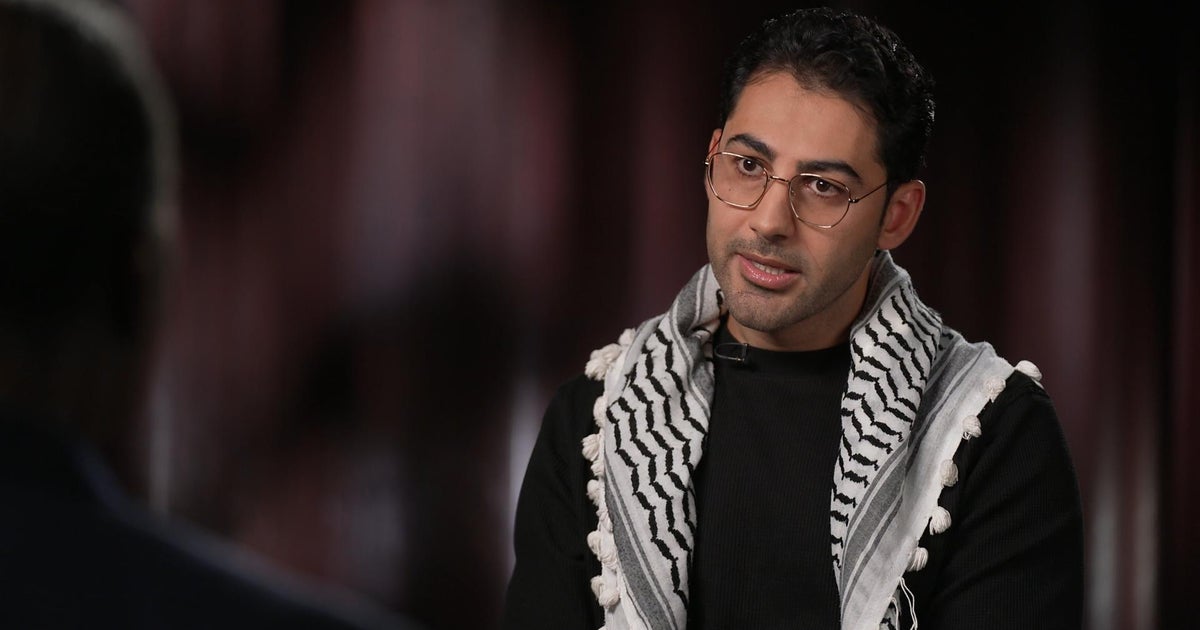Minority communities twice as likely to have sewage polluting nearby river or creek, CBS News analysis shows
Across the U.S., rivers are in crisis. One of the major issues they face is contamination by sewage and other forms of pollution, but some communities are impacted more than others.
In Philadelphia, trash littered part of the Cobbs Creek, a tributary of the Delaware River, not far from where people live.
Jerome Shabazz, who runs the non-profit Overbrook Environmental Education Center in Philadelphia, took CBS News along to clean up some of the trash.
"If we go back and look at the before and after shots, you'll see that just the short period of time that we were here is going to make a difference," Shabazz said.
What's not an easy clean-up is dealing with the raw sewage that runs into another nearby creek, making it too contaminated to wade or fish in. The smell was evident.
"You don't need a scientific test to tell you there's sewage coming out of there. You just need a nose," Shabazz said.
Nationwide, there are more than 7,000 pipes called outfalls where wastewater from buildings and stormwater from rain flow together to the treatment facility. When there's too much rain, by design, sewage overflows into creeks and rivers.
CBS News compared data from the now-archived Climate and Economic Justice Screening Tool with outfall locations and found lower income, minority communities are twice as likely to have sewage dumping into a river or creek.
The Screening Tool combines data from the U.S. Census, other government agencies and nonprofits to identify communities where people are marginalized, underserved and disproportionately burdened by pollution.
"We see a lot of derogatory conditions in neighborhoods amongst people who don't have the political influence to fight back," Shabazz said.
"The urgency of now"
Some of these systems are well over 100 years old, built before environmental regulation. Rebuilding is cost-prohibitive, but in Philadelphia, there's a natural solution: protecting what's left of the city's marshland.
"I think nature-based solutions where you're looking within the landscape, and I think every city, every township needs to be taking a look at this," said Lamar Gore, who runs the John Heinz National Wildlife Refuge in Philadelphia.
The marsh works like a sponge, soaking in rainwater and reducing the chance of a sewer overflow. But during heavy rain, raw sewage is still getting dumped in the river and can flow into the marsh.
"It slows it down. It allows for the opportunity to break that sewage down," Gore said.
There's very little room to expand the marsh because it's surrounded by homes, industry and Philadelphia International Airport.
"These are the things that should have the urgency of now," Shabazz said.
It's only a partial solution – but Shabazz says it's worth a try.
"We really can't accept this on a basic human level as being normal, and I think we should do everything we can to try to remediate it so that people can enjoy and appreciate the built-in natural environments where they live, work and play," he said.
National environmental reporter David Schechter and a team of CBS journalists spent five days traveling the length of the Delaware River to explore problems facing America's waterways. Watch "An American River" on Saturday, April 19, at 1 p.m. ET on CBS News 24/7.






